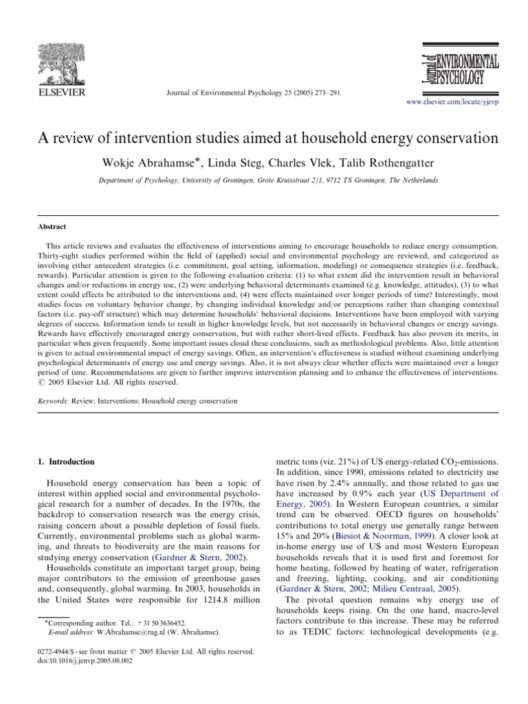Cranberry Country: a realm where nature’s artistry manifests in vibrant hues and tantalizing textures, cherishing berries that thrive in a unique climatic interplay. Nestled predominantly in the northeastern United States, this verdant expanse serves as an ideal cradle for the cranberry’s rich, tangy spirit. With its wetland ecosystems, distinct seasonal cycles, and mineral-rich soils, the climate here paints a picture of botanical prosperity that is remarkable and multifaceted.
At the heart of this narrative lies the cranberry, a small fruit brimming with enormous potential. The cultivation of cranberries is not merely a matter of agricultural practice; it reflects a harmony between the environment and the crops that flourish within it. The triumph of the cranberry is a testament to the delicate balance of water, temperature, light, and soil quality—factors that collectively fashion an ecosystem ripe for cultivation.
Cranberries prefer an environment that is as transformative as it is nurturing. The quintessential conditions for these berries include a unique combination of acidic, sandy soils supplemented by a reliable water source. This stems from their natural habitat: wetlands and bogs where water is abundant. The cranberries benefit from frequent irrigation and flooding, both essential to their growth and health. It is within these marshy terrains that they develop their characteristic tartness through the absorption of minerals and nutrients from the soil, enhanced by precise hydrometric management.
Seasonal fluctuations play an equally pivotal role in the thriving of cranberries. A typical year in Cranberry Country unfolds like a symphony, with harmonizing movements through spring, summer, fall, and winter. During spring, the gradual warming signals the awakening of dormant buds, introducing fresh greenery and heralding the blossoming of delicate white flowers that eventually yield the vibrant red berries. Light is a crucial actor in this seasonal story, assisting in photosynthesis and ensuring that the robust energy reserves necessary for development are in place.
As summer approaches, the days lengthen and temperatures rise. The increased sunshine cultivates an environment where the cranberries can flourish. During this phase, irrigation remains critical, preventing the bogs from wilting under the summer’s warmth. Here, water acts as both a lifeline and a nurturing blanket that envelops and protects the fruits. The temperature, ideally ranging between 60°F to 70°F, fosters optimal growth while keeping pests at bay. Thus, each summer day is a brushstroke on the canvas of cranberry production, creating flavors that are as rich and diverse as the landscape itself.
Fall is where the narrative takes a dramatic turn, for it is the season of harvest—a time when glistening red berries dangle like jewels against the crisp autumn backdrop. As the foliage turns to vibrant shades of orange and gold, the cranberries are carefully gathered, their tartness standing in stark contrast to the sweetness of the harvest season. This time of year also underscores the importance of rain and temperature drops. The transition to cooler weather prepares the cranberries for dormancy while enhancing their flavor profile, solidifying their preparedness for the winter months. The aerial visuals of sprawling fields during harvest resemble a mosaic of mother nature’s whimsical artwork—an intricate display of resilience and bounty.
Winter in Cranberry Country invokes a serene stillness, a necessary interlude in the life cycle of cranberries. During these months, bogs are deliberately flooded to form a protective layer of ice over the plants, shielding them from the harshest of winter’s bites. The thin, crystalline veneer is not just a safeguard but a necessary pause that allows the ecosystem to recuperate. In this pristine winter landscape, cranberries lay nestled, awaiting the warmth of spring to revive their dormant spirits. The cyclical nature of this process reflects the inherent wisdom of the ecosystem: rest is as integral to growth as warmth and sunshine.
The interplay of climate factors extends beyond mere environmental parameters; it also emphasizes human responsibility. As climate change casts its shadow, Cranberry Country faces the specter of altered rainfall patterns and temperature spikes. Alterations in these patterns can disrupt the intricate tapestry of growth cycles and impact the unique flavors that define the cranberry. Balancing the delicate needs of cranberry agricultural practices with sustainable measures becomes crucial to maintaining the integrity of this splendid environment.
Agricultural innovation holds the keys to mitigating the impacts of climate change on cranberries. Modern techniques such as precision irrigation, cover cropping, and integrated pest management arise as guardians of traditional practices. These strategies help cushion the vulnerabilities precipitated by shifting climatic trends, ensuring that consumers continue to enjoy the tangy delight of cranberries. Organic practices also gain prominence, nurturing the land while producing berries that brim with health benefits—contributing to both human well-being and ecological preservation.
Cranberry Country is thus not merely an agrarian setting but a unique ecosystem where the intertwining of climate and cultivation creates a rich narrative—one that underscores the necessity of stewardship and a keen awareness of environmental changes. This interplay, where flavors dance with the elements, captures the imagination and beckons future generations to forge a sustainable path forward. Browsing the sprawling cranberry bogs arrays us with more than just juicy fruits; they offer lessons steeped in resilience, adaptability, and a profound respect for nature’s rhythmic cadence.
In conclusion, climate is the maestro conducting the symphony of cranberry growth—an interplay of sunlight, water, soil, and temperature producing fruit that tantalizes the palate and nourishes the body. The relationship between the rich environment and the flourishing berries highlights an ecosystem’s balance, reinforcing the idea that the health of the planet is intrinsically linked to the quality of the crops it yields. With conscious stewardship, Cranberry Country can continue to thrive against the backdrop of climate change, fashioning a legacy of resilience and natural beauty that is as enduring as the fruit itself.








